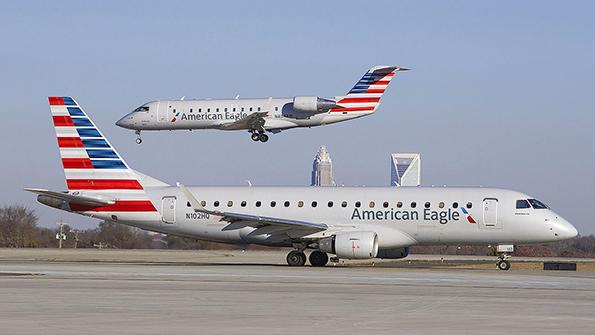
Ask the Editors: The Aviation Week Network invites our readers to submit questions to our editors and analysts. We’ll answer them, and if we can’t we’ll reach out to our wide network of experts for advice.
Trans States Airlines shut down this year due to the loss of a contract with United Airlines. ExpressJet Airlines also will lose its contract with United in 2021. Do U.S. regional airlines have a future?
Aviation Week Regulatory and Air Transport Editor Ben Goldstein repiles:
The short answer is "yes." Scope-clause restrictions in pilot contracts at the legacy carriers are unlikely to go away anytime soon. But the roster of regionals will be slimmer because of consolidation upstream, favoring stronger players such as SkyWest Airlines and Mesa Airlines. Meanwhile, weaker carriers such as Trans States, Compass Airlines and ExpressJet have already become casualties.
Although the regional streamlining will be painful for the affected companies and their workers, rationalization of the sector is probably long overdue. Take United, which entered 2020 with eight regional partners. Following the successive failures of Trans States, Compass and ExpressJet, United’s partner network has been whittled down to five. But even that number may prove to be too many. The major carrier could ultimately move to cut additional affiliates, leaving it with a solid core of three or four regional partners.
Delta Air Lines has already consolidated its regional flying around three core airlines: SkyWest, Endeavor Air and Republic Airways. American Airlines, on the other hand, still has a collection of six affiliates comprising wholly-owned carriers like Envoy Air, Piedmont Airlines and PSA Airlines in addition to Mesa, Republic Airways and SkyWest. Expect American to follow United’s lead at some point and trim its regional ranks.
Ultimately, the carriers most at risk from these moves are the smaller operators that contract with only a single major airline, leaving their futures completely at the mercy of decisions made by their larger partners. The Regional Airline Association has made clear that more failures are likely in the coming months unless additional federal aid is forthcoming—though that, too, may only delay the inevitable.





